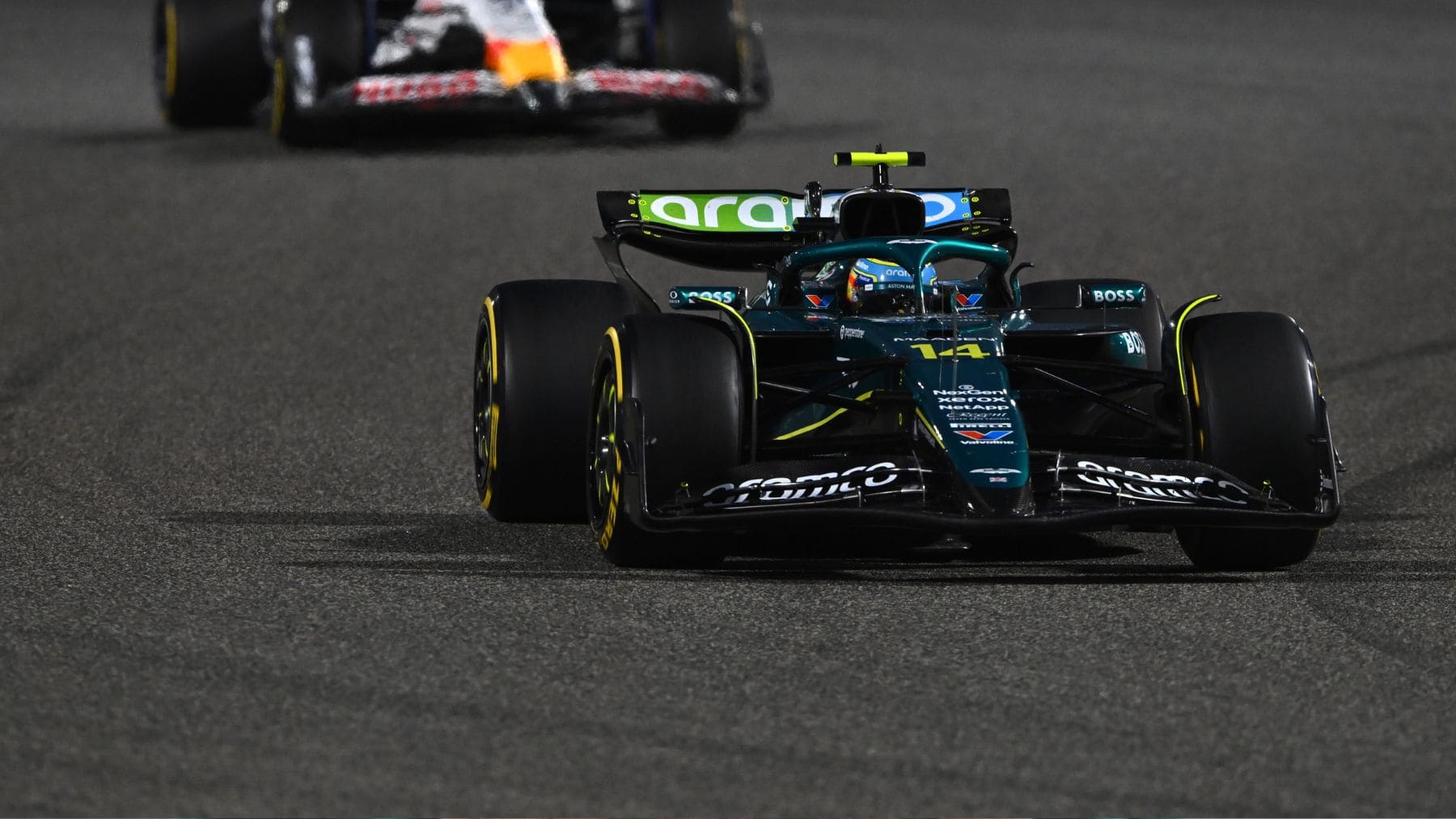The eagerly awaited leap in quality from Aston Martin for the 2025 season has quickly evaporated. The AMR25, which was supposed to be a turning point in the British team’s evolution, has started the year with one of the most catastrophic weekends in the team’s recent history. The Bahrain Grand Prix starkly exposed all the weaknesses of a car that promised so much but ended up looking more like its immediate predecessor, the AMR24, than the surprising AMR23 that shone in the first half of 2023.
An AMR25 that starts worse than its predecessor
All the alarm bells started ringing in Friday’s qualifying when Aston Martin had to use up three sets of soft tires just to try to get a decent lap in Q1, leaving them with no resources to compete with any confidence in Q2. The result was devastating, with both Aston Martins sinking to the bottom of the timesheets, lacking responsiveness and showing obvious shortcomings in all sectors of the Sakhir circuit.
Where performance was most critical was in the second half of the circuit. Compared to Leclerc, Alonso was more than a second slower per lap, most of that time lost in slow corners and heavy braking zones. The AMR25 showed difficulties in maintaining minimum speed in corners such as 1, 4, 8, 11 and 13, where the car stopped longer than it should have, lost traction and accelerated too gently. The tenths accumulated one after another, revealing a technical deficit that is all too reminiscent of last year.
The AMR25 and old ghosts
The race only confirmed what qualifying had hinted at: the AMR25 has serious structural problems in slow corners and at medium speed; in the first 16 laps, Fernando Alonso lost up to 25 seconds to his direct rivals, a figure that speaks for itself. Despite the regrouping caused by the safety car, the British car’s pace faded again in the second half of the race, especially in the second and third sectors, where the most technical corners were concentrated.
Even against Alpine, a team that arrived in Bahrain with lower expectations, the difference was humiliating. The AMR25 lost almost a second per lap, a gap that had not been seen even on circuits such as China or Japan, where Aston Martin had at least shown some solidity. The four key areas—turns 10, 11, 13, and 14—were the car’s real Achilles heel, where the pattern repeated itself: more braking, less cornering speed, and a constant loss of traction.
Aston Martin is not evolving
The most worrying thing for Aston Martin is not only the poor performance in Bahrain but the lack of progress compared to last year. If the Bahrain GP made one thing clear, it is that the AMR25 behaves like an evolution of the AMR24 without solving the problem that most hampered the team in 2024: lack of performance in slow corners. Despite some improvement in medium and fast corners, the deficit in technical areas is so severe that it compromises race pace and, worse still, leaves the team without the tools to compete strategically.
The AMR25 has gotten off to a bad start. Its performance in Bahrain has been a wake-up call not only for the engineers but for the entire team structure. If Aston Martin does not find an imminent solution to its traction and slow cornering problems, 2025 will be a season to forget. For now, the AMR25 is just a disappointment with new paint.

